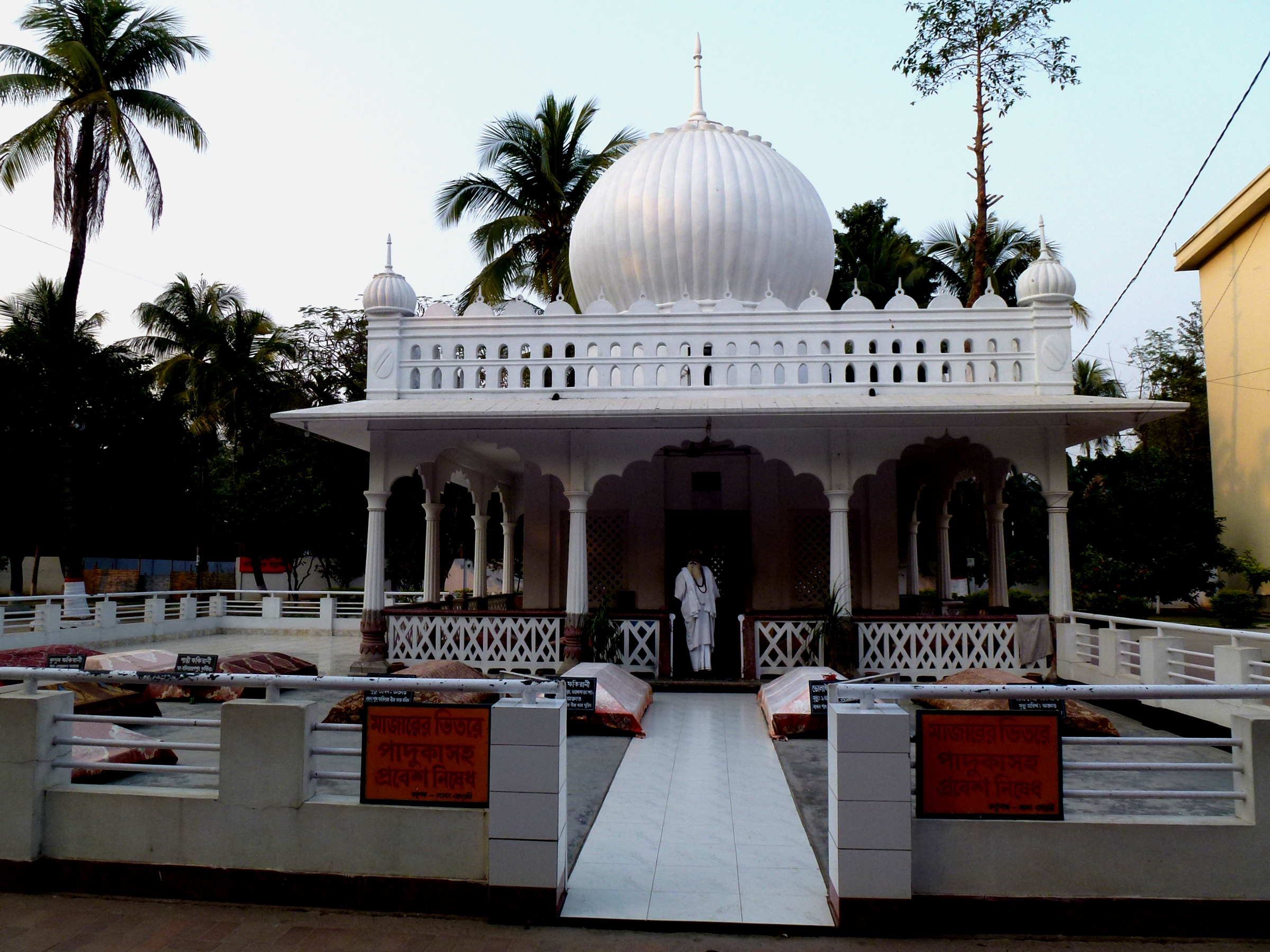
16.05.23
Семинар Центра азиатских и тихоокеанских исследований ИЭА РАН и Университета Видьясагар (Индия). Тема: Sacred traditions of South Asian Muslim communities
16 мая в 12:00 в Малом зале ИЭА РАН в смешанном формате пройдет совместный семинар Центра азиатских и тихоокеанских исследований ИЭА РАН (Москва) и Университета Видьясагар (Западная Бенгалия, Индия). Рабочий язык семинара — английский.
По вопросам онлайн-подключения просьба писать секретарю семинара Марии Щербак mariam.net@mail.ru
Тема семинара: Sacred traditions of South Asian Muslim communities
Доклады:
Dr. Sumahan Bandyopadhyay
Professor, Director
Center of Adivasi Studies and Museum; Department of Anthropology,
Vidyasagar University, Medinipore, West Bengal, India
Syncretic Tradition of Mazar: Glimpses from Bangladesh
The concept of syncretism, a form of cultural admixture is often employed in the study of understanding religious phenomenon reflecting a blending of elements from two or more religions. The religious syncretism finds its manifestation in Mazar. Mazar is either a tomb or mausoleum building enclosing the tomb of a saintly person following Islamic faith. It has a steady growth and acceptance since medieval period in India with the rise of Sufism. Eastern India and adjoining Bangladesh have not escaped its influence. Large cannon of legends and ritualistic behaviors emerged at different parts of the region centering the tomb of pir or saints who used to receive veneration from both the Muslims and the Hindus. In the present study, the syncretism in two such tombs of Bangladesh — one is Khorasani Mazar of Pata Shah of Sylhet and another is Sadhubabar Mazar of Hobigunj – has been studied. My argument here is that the mazar acts as a mediator to several phenomena right from cultural assimilation, symbolic identity, adjustment and cultural politics to art and aesthetics, and seems to warrant a negotiated understanding of the concept of syncretism.
Ms. Anastasia Kinyaeva
PdD student
Institute of Ethnology and Anthropology,
Russian Academy of Science
Qawwali between tradition and modernity: performers, listeners, creativity.
The variety of cultural practices associated with religion and the variations of religions and sects that is peculiar to the Indian subcontinent presents a unique opportunity to study the dynamics of sacred and secular interpretations of certain forms of art and performing genres. In his book on cassette culture Manuel (1993) argues that the use of new style “democratic” media that allows diversity in production as well as consumption was a factor that did not weaken the aura of sacredness of certain religious practices, but contributed to their reinforcement and popularization.
A ritual-associated performative art form of qawwali is known to exist on the subcontinent since the 13th century and is associated with the name of Amir Khusrao (1253–1325 AD), traditional qawwalis are still performed in sufi tombs (dargahs) across India and Pakistan with the original line of qawwals (qawwali performers) residing in the heart of the old Delhi — the tomb of Nizamuddin Auliya. Meanwhile in the modern music scene, qawwali is widely known as one of a flagman genre of so-called “Muslim spiritual music” (Kalra, 2015) and is a go-to genre for the Bollywood film-makers, pop artists and cultural festivals organizers. We will focus on the modern group of Delhi qawwals, their traditions, art and the challenges they face preserving their legacy in the fast-changing environment of modern India.






